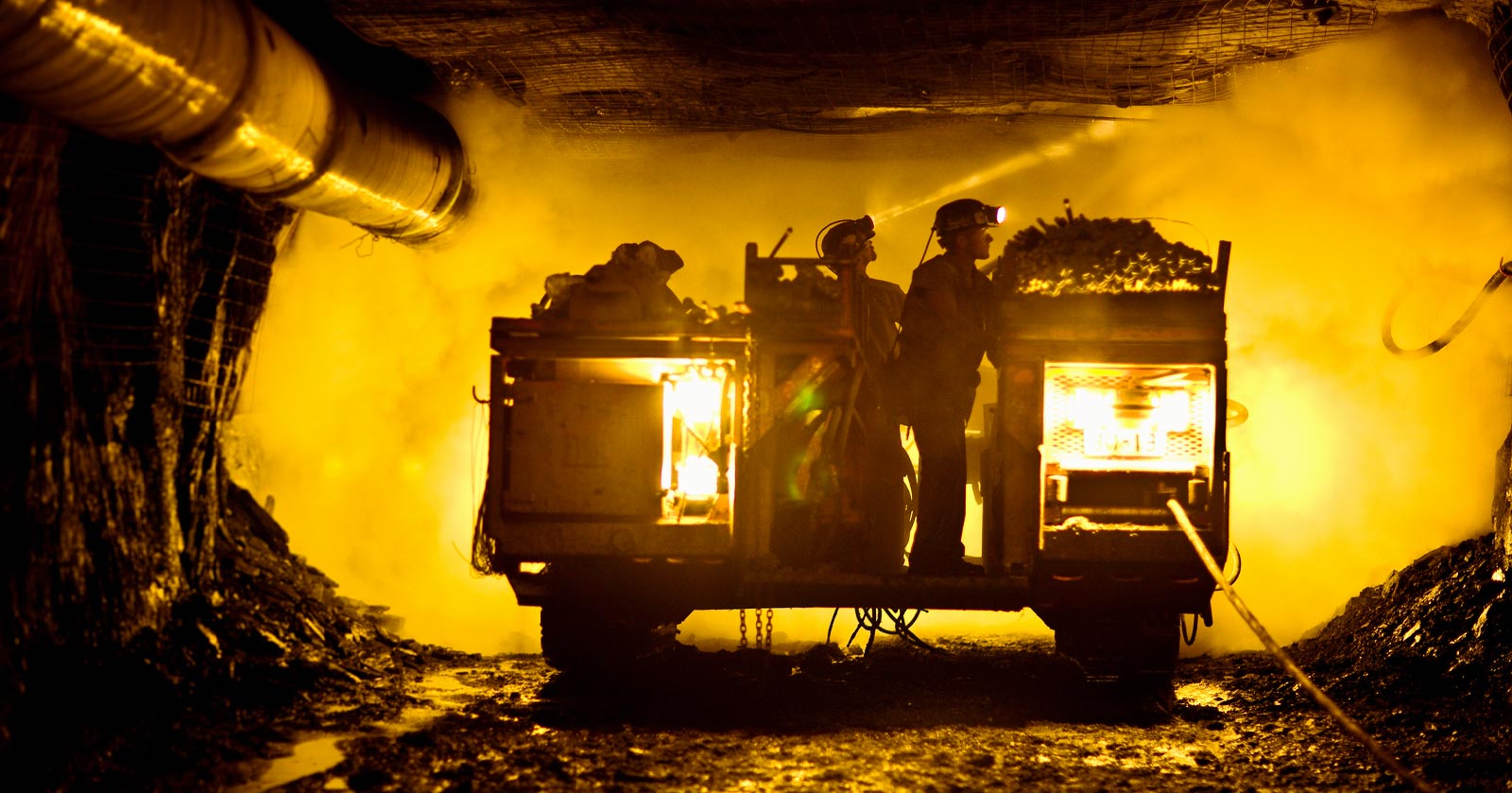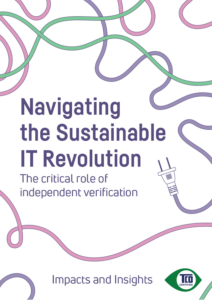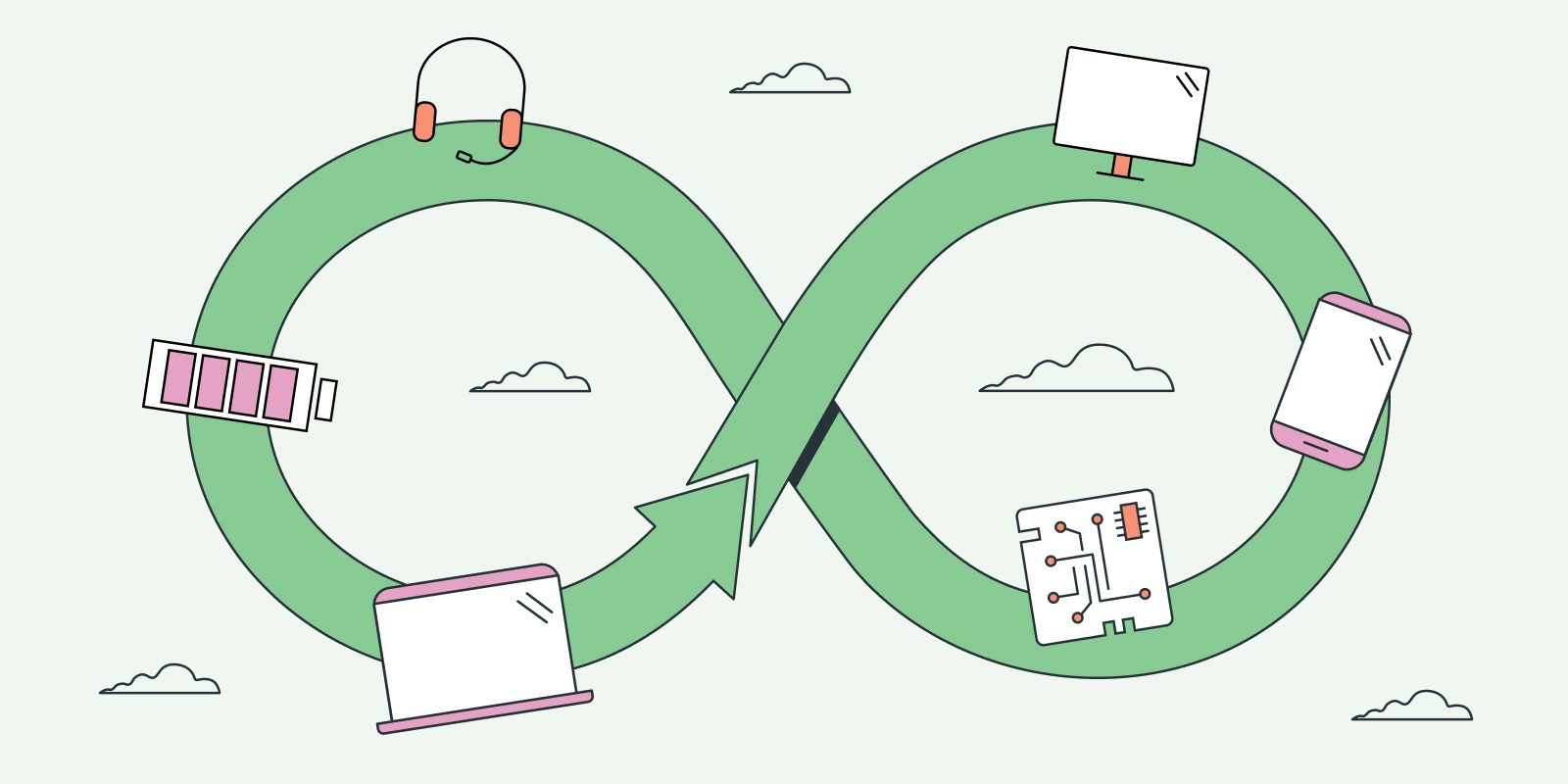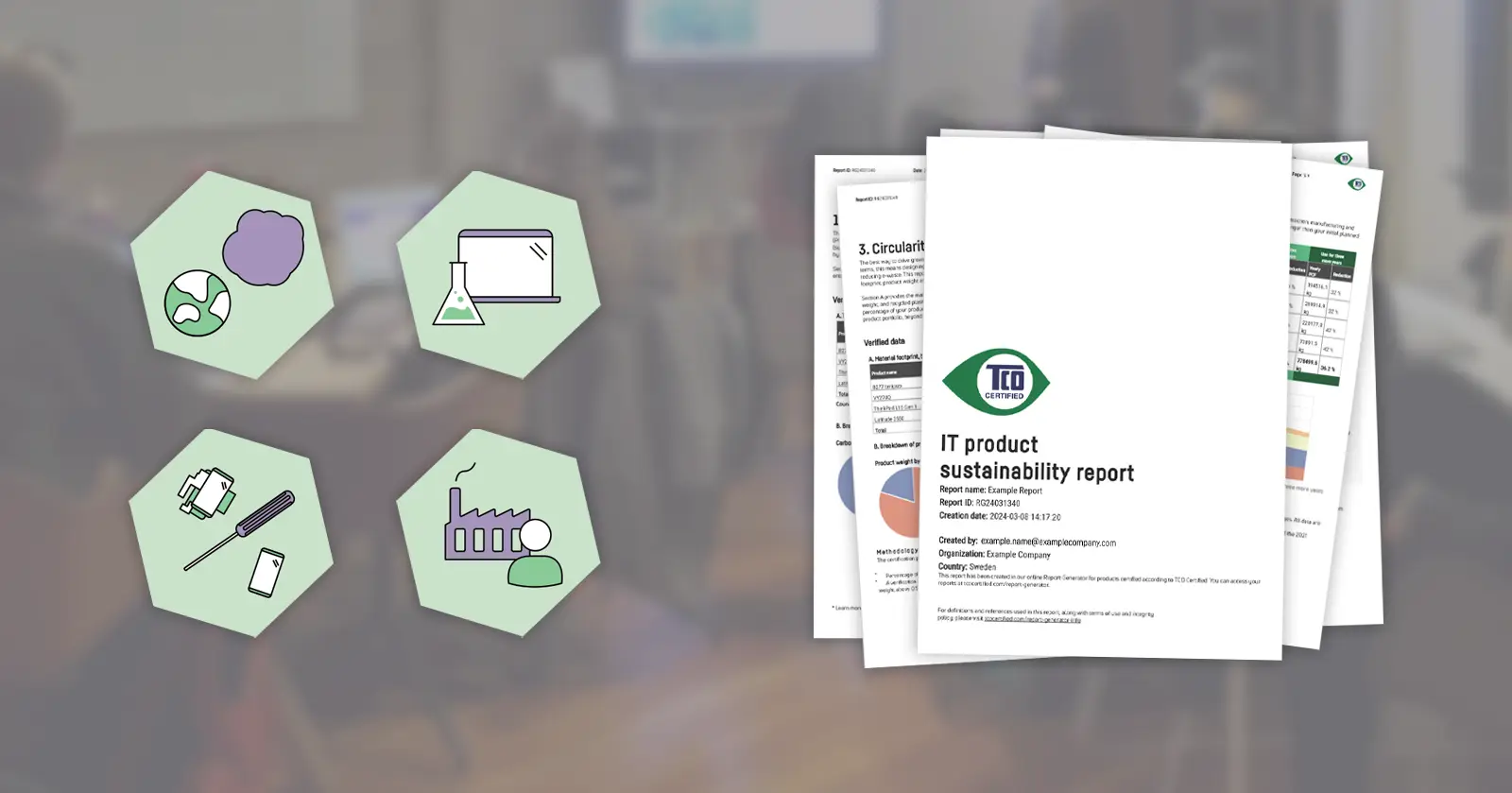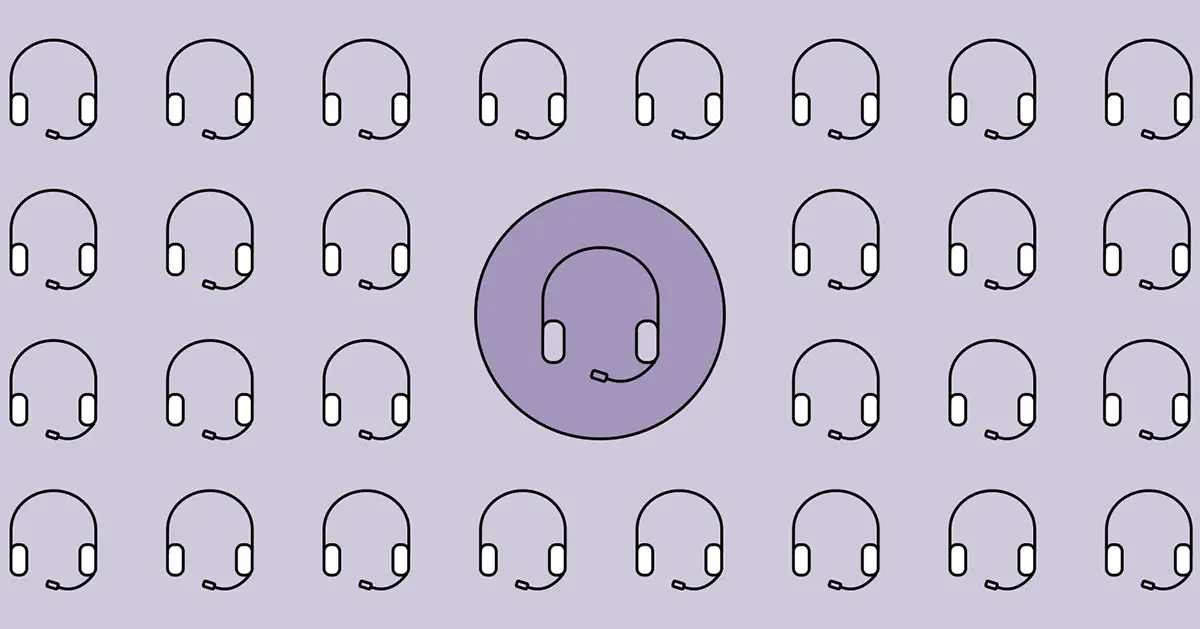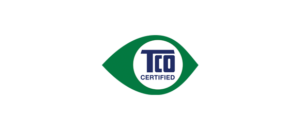Buying computers, displays and other IT products is a necessity for most organizations — but these purchases also involve major sustainability risks. To avoid contributing to serious issues such as harmful emissions, labor law violations or other health and safety risks for workers, traditional aspects such as price and performance must be balanced with environmental and social risk.
Supply chain risks are always a major challenge in the procurement process. The increasingly complex IT supply chain has opened access to a wide range of inexpensive yet high-performing computers and mobile devices. But IT hardware is a risky business at all phases of the life cycle — from raw materials extraction to end user and beyond. Purchasers need to handle the sustainability risks from a life cycle perspective.
Stephen Fuller, TCO Development’s expert on social responsibility, links low prices to risks: “Thousands of workers are involved in an IT device’s production. A major reason why the price and value remain low is that these complex supply chains make it difficult to manage human rights risks and that they contain a high concentration of cheap labor,” he says.
“The clearest defining feature of the electronics supply chain is its complexity”
A notebook computer can serve as an example. Before it reaches the end user, its contents have traveled from the mines through a network of smelters, refiners, subcomponent manufacturers and factories, including final assembly. There is environmental and social risk at every step, which is then passed directly onto the purchaser.
Pamela Brody-Heine, Senior Director of the Clean Electronics Production Network (CEPN), explains: “The clearest defining feature of the electronics supply chain is its complexity. It is common for over half a dozen layers to be involved in the electronics supply chain and supplier relationships are often not linear. The deeper into the supply chain, the more challenging – nearly impossible – it is to have visibility on what practices are being used,” she says.
It is extremely difficult for an individual organization to manage and track all supply risks related to electronics by themselves. Beyond the sheer number of steps involved, manufacturing can be moved to different facilities and ingredients in chemical substances used in production can change. Monitoring industry dynamics and a shifting supply chain is well beyond the capability of most purchasers and also requires specialist expertise.
Greenwashing: The practice of issuing false or unverified claims connected to the environmental aspects of a product
Bluewashing: The practice of issuing false or unverified claims connected to the social aspects of a product.
What’s also important to note is that this work is also beyond the scope and capability of a large number of ecolabels as well. As a result, purchasers using ecolabels that don’t verify what’s going on in production are expected to trust unverified self declarations from the manufacturers. The results are shown to be far from accurate in many cases. Without boots on the ground in factories and test labs, how can purchasers know if a product is manufactured under conditions of forced overtime or not?
And how can they tell if a device contains untested, hazardous chemicals, or if a worker is coming into contact with a dangerous solvent to clean the product before it gets shipped out? Without verification, these facts simply aren’t available.
Data collection, transparency, and finding better alternatives is a major challenge, even for experienced purchasers. Environmental and social responsible demands from procurement teams make a difference in the IT supply chain, but proof is needed to not only avoid greenwash, bluewash and empty sustainability claims, but to verify that workers are protected and that safer practices are actually being put in place.
